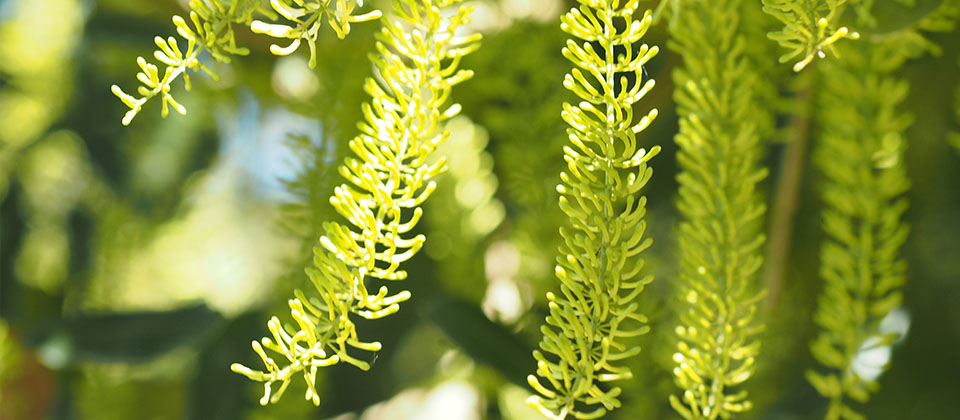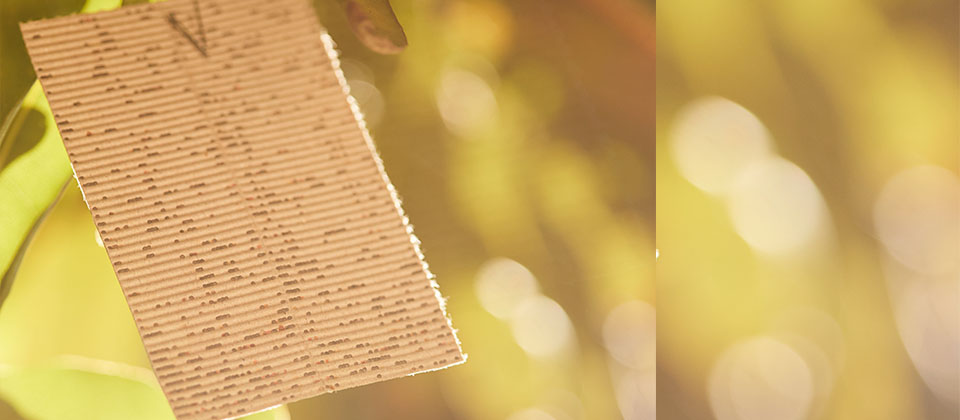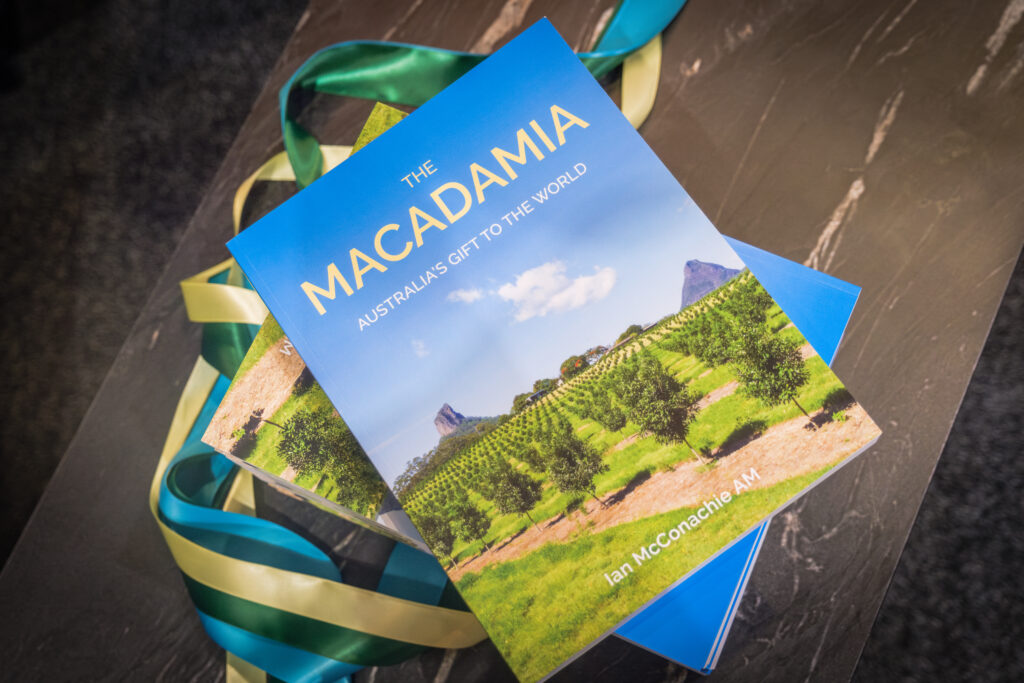Have you ever walked through a macadamia orchard in Spring? It’s a spectacular experience, with the heady scent of flowers and the buzz of bees filling the surrounding air. Read on to discover what happens when a macadamia orchard bursts into bloom.
Spring is flowering time on a macadamia farm. From August to September, each macadamia tree can produce thousands of flower strands (called racemes). Each raceme has 100 or more individual flowers, which means that a mature tree can have hundreds of thousands of flowers.

The flowers start as tiny green spheres and, as they develop, the small, creamy-white petals open. At this point they are ready to pollinate. Once they are mature, they turn brown and fall off with some leaving a tiny green bump on the end of the individual flower stalk. But only a very small number of the flowers (usually around 5%) will turn into mature nuts.

Perfect flowering conditions make for a bountiful crop
The best conditions for good flowering are warm but not hot temperatures, plenty of sunshine and then a gentle, soaking rain once the flowers have finished. Growers don’t want heavy rain, hail or storms during spring as this damages flowers and limits the abundance of the crop.

Warm temperatures are also good for the bees (including the native bees which don’t like cold weather), as well as plenty of clear days for the grower to get their many jobs done! A light breeze to help spread the pollen around is helpful, but not strong winds as this can knock the flowers off.

The importance of bees and other insects
Macadamia flowers are strongly self infertile meaning the flowers on a tree prefer to be pollinated by pollen from a different variety of tree. This is where bees and other insects come in. Native bees tend to be more effective at putting pollen on the stigma (the female part of the flower) but European bees tend to visit more flowers. A mix of both types of bee is preferred by most growers and believed to yield good results. A healthy eco system also ensures other insects are present to assist with pollination.

It’s both a beautiful and busy time for growers
As the end of the harvest in one season flows into the flowering for the next, the trees never rest and neither does the grower. At this time of year, growers are busy cleaning up the orchard floor, mowing the grass and removing stray branches, sticks, stones and old nuts.

They will also be trying to protect their crop from the many insects and animals that like macadamias as much as we do! One of the innovative ways our growers do this is by hanging little pieces of what looks like corrugated cardboard in the orchards. These are actually pieces of board containing nut borer eggs into which Trichogramma wasps have laid their eggs. The young wasps eat the nut borer’s larvae, stopping the pest and then fly into the environment to lay eggs for next season as an integrated form of pest management.

And on to the next season
Less than 5% of the flowers have nut set (which means they are pollinated and produce an embryo which develops into the nut). This is an average of two nuts per raceme, but sometimes, after a good nut set if almost all the flowers have turned into nuts, you can see racemes that look like bunches of grapes hanging from the trees that grow through the summertime ready to be harvested in Autumn and Winter.
Do you have pictures of your orchard or macadamia tree in bloom? Head over to our Facebook page and share them with your fellow macadamia-lovers!












